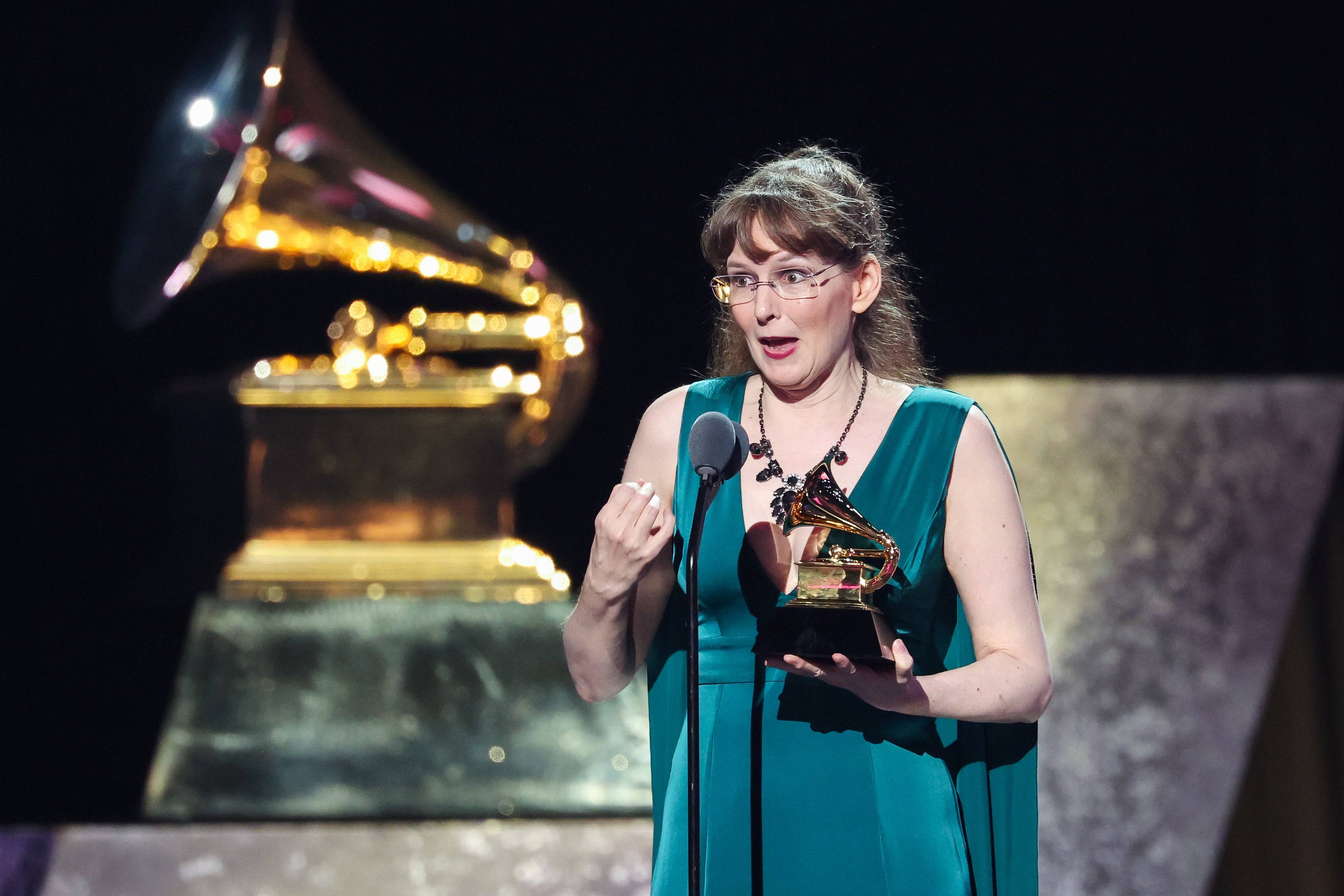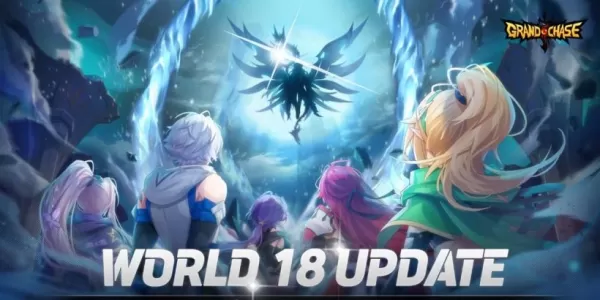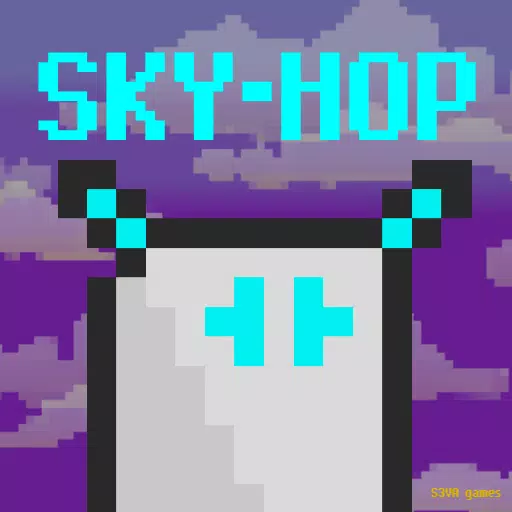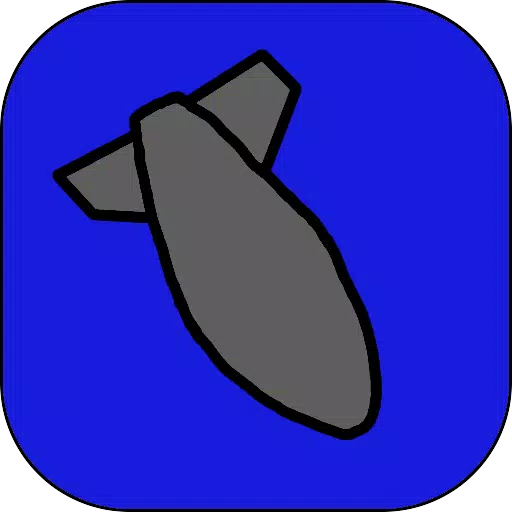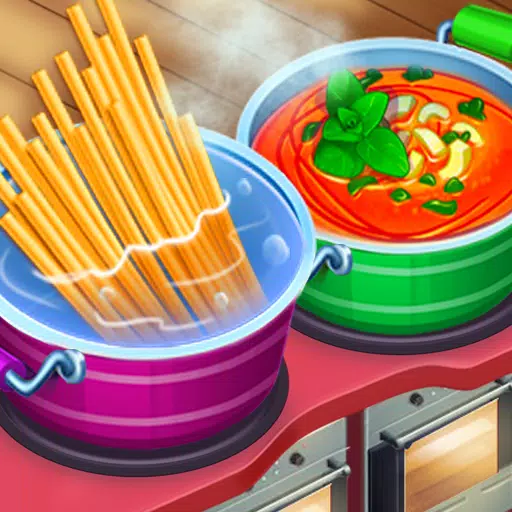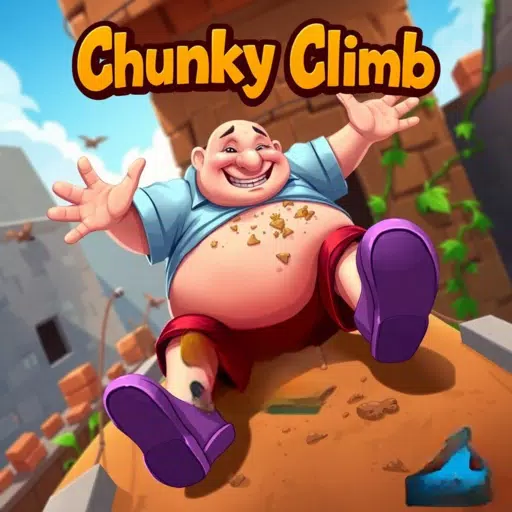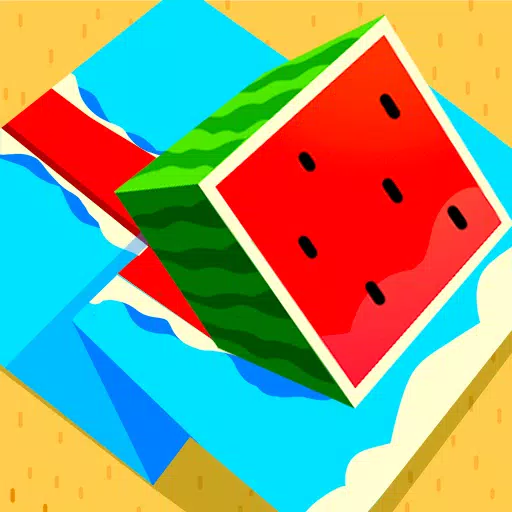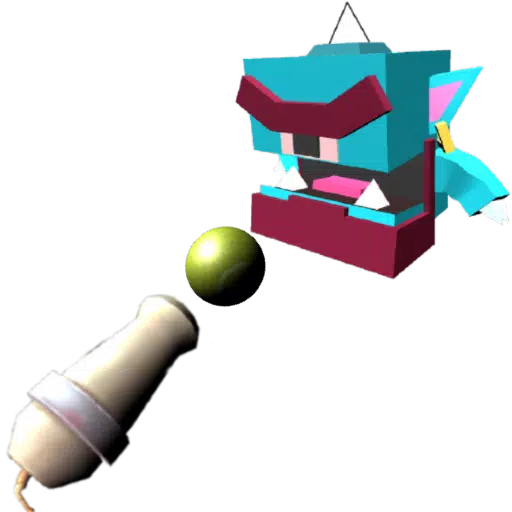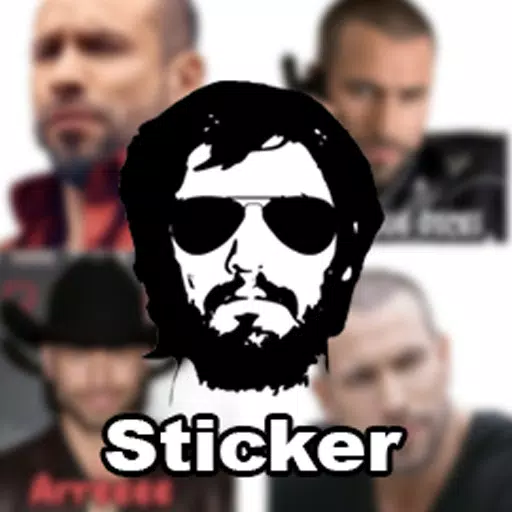Minecraft: From Humble Beginnings to Global Phenomenon
Minecraft's journey to becoming a globally recognized video game is a fascinating story of innovation and community growth. This article details the evolution of Minecraft, from its initial conception to its current status as a cultural icon.
Table of Contents
- Initial Concept and First Release
- Building a Community
- Official Launch and Global Expansion
- Minecraft Versions Through Time
Initial Concept and First Release
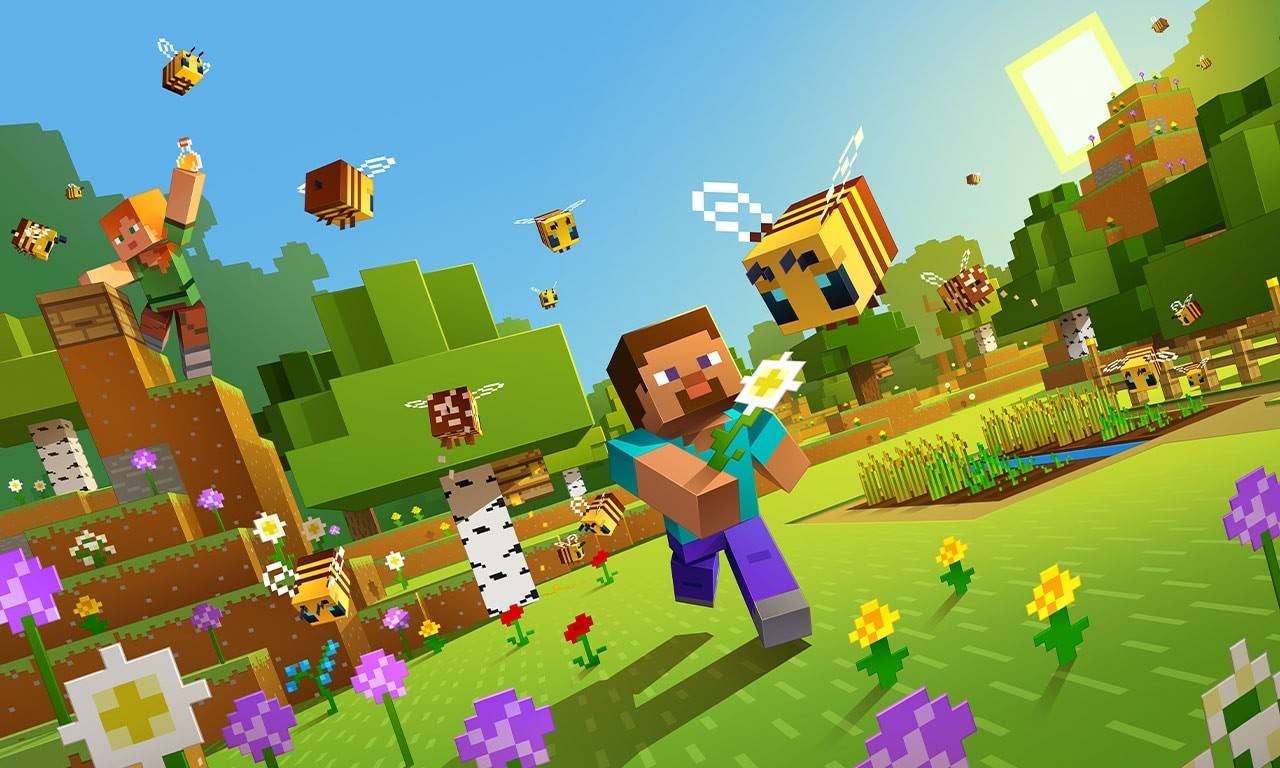 Image: apkpure.cfd
Image: apkpure.cfd
Created by Markus "Notch" Persson in Sweden, Minecraft drew inspiration from titles like Dwarf Fortress, Dungeon Keeper, and Infiniminer. Notch envisioned a game emphasizing freedom of building and exploration. The alpha version, launched on May 17, 2009, was a simple, pixelated sandbox experience. Its intuitive building mechanics quickly attracted players and established a foundation for future growth.
Building a Community
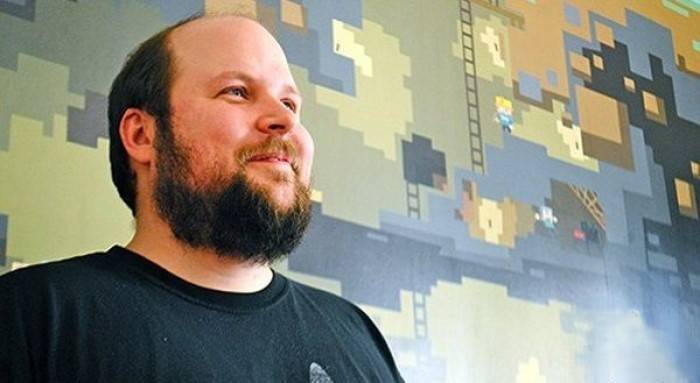 Image: miastogier.pl
Image: miastogier.pl
Word-of-mouth marketing and online player engagement fueled Minecraft's rapid rise in popularity. The transition to beta in 2010 prompted Notch to establish Mojang Studios, dedicating himself fully to the game's development. Minecraft's unique gameplay, offering limitless creative possibilities, allowed players to construct everything from homes to elaborate recreations of famous landmarks, solidifying its position as a groundbreaking video game. The introduction of Redstone, a material enabling complex in-game mechanisms, further enhanced its appeal.
Official Launch and Global Expansion
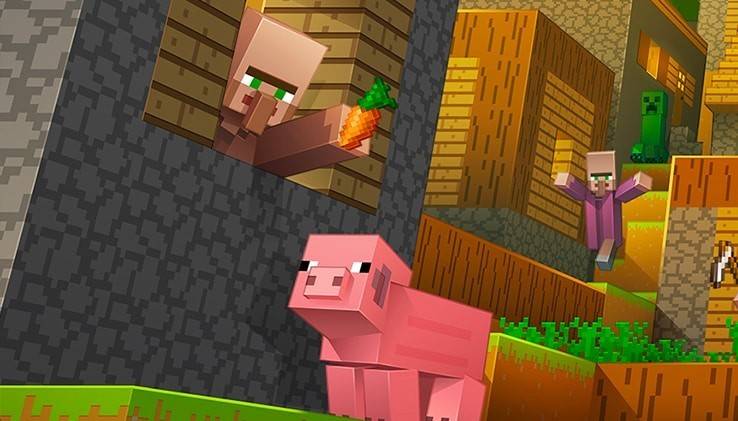 Image: minecraft.net
Image: minecraft.net
The official release of Minecraft 1.0 on November 18, 2011, marked a pivotal moment. With millions of players already engaged, the game's community exploded, becoming one of the largest and most active in the world. Players created extensive modifications, custom maps, and even educational projects, showcasing the game's versatility. Mojang's expansion onto consoles like Xbox 360 and PlayStation 3 in 2012 broadened the player base, introducing Minecraft to a new generation of gamers. The game's blend of entertainment and educational potential resonated deeply with children and teenagers, inspiring countless creative endeavors.
Minecraft Versions Through Time
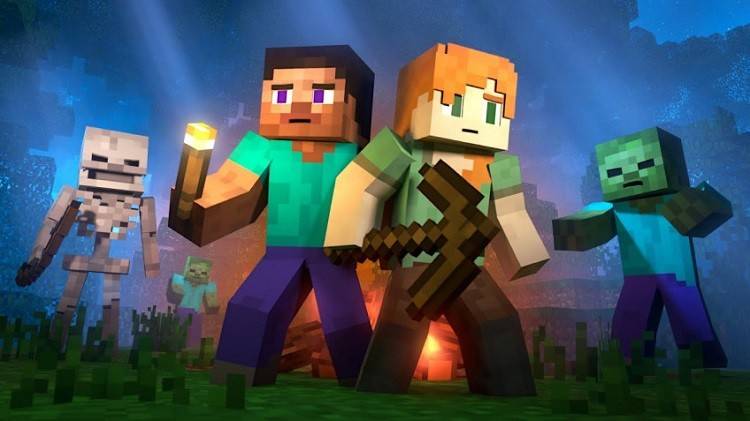 Image: aparat.com
Image: aparat.com
The following table highlights key Minecraft versions released after the official launch:
| Version | Description |
|---|---|
| Minecraft Classic | The original free version. |
| Minecraft: Java Edition | Initially lacked cross-platform play; later integrated with Bedrock Edition on PC. |
| Minecraft: Bedrock Edition | Introduced cross-platform play; PC version includes Java Edition features. |
| Minecraft Mobile | Cross-platform compatible with other Bedrock versions. |
| Minecraft for Chromebook | Optimized for Chromebooks. |
| Minecraft for Nintendo Switch | Includes the Super Mario Mash-up pack. |
| Minecraft for PlayStation | Cross-platform compatible with other Bedrock versions. |
| Minecraft for Xbox One | Partially Bedrock Edition; no longer receiving updates. |
| Minecraft for Xbox 360 | Support discontinued after the Aquatic Update. |
| Minecraft for PS4 | Partially Bedrock Edition; no longer receiving updates. |
| Minecraft for PS3 | Support discontinued. |
| Minecraft for PlayStation Vita | Support discontinued. |
| Minecraft for Wii U | Featured off-screen play. |
| Minecraft: New Nintendo 3DS Edition | Support discontinued. |
| Minecraft for China | China-exclusive version. |
| Minecraft Education | Designed for educational settings. |
| Minecraft: PI Edition | Educational version for Raspberry Pi. |
Conclusion
Minecraft's enduring legacy extends far beyond the game itself. It's a thriving ecosystem encompassing dedicated communities, popular YouTube channels, extensive merchandise, and official competitions. With ongoing updates introducing new biomes, characters, and features, Minecraft continues to captivate players worldwide.


